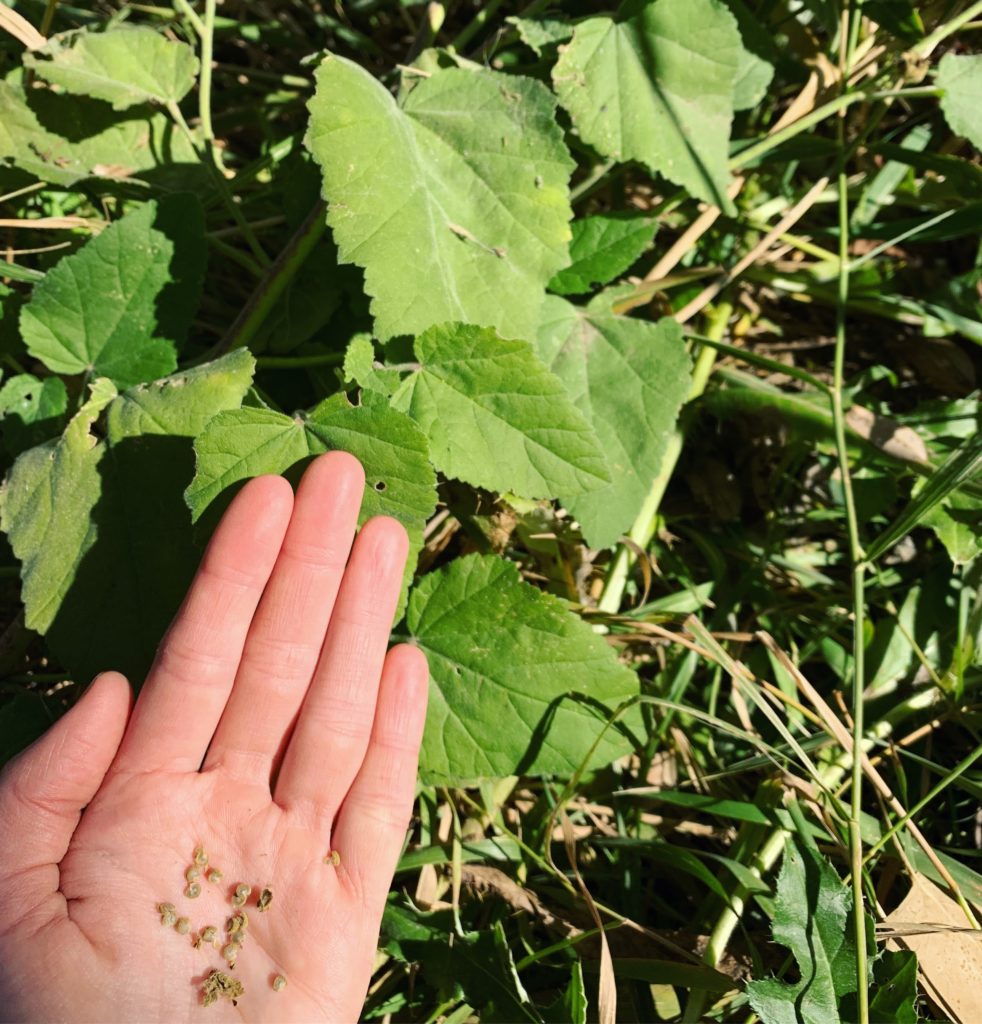
Intro to Marshmallow
October 29, 2019
Marshmallow root has long been one of my most beloved herbal allies. It has been used in cultures across the globe, from the Americas to Africa to Ancient Greece where both Hippocrates and Dioscorides used this plant with their patients. If there was one word I could use to describe this plant, it is soothing. The entire plant is edible, but today I want to focus on the roots and how they work inside the body.
Marshmallow root has an affinity for the skin, nervous, digestive, respiratory, urinary, immune, and cardiovascular systems. Since this is a brief introduction, today we’ll focus on the digestive and urinary systems.
The roots of this plant contain mucilaginous compounds called polysaccharides. These create a kind of viscous, slippery, thickening substance that is highly soothing to the mucosal tissues of the body. These compounds that add a thickening quality in water, are the reason why this root was commonly made into delicious and fluffy marshmallows! Don’t worry, I’ll share my recipe for healthy homemade marshmallows very soon.
These mucilaginous compounds not only soothe and reduce inflammation in any tissues they come into contact with, but they even form a protective layer over the area. This is where Marshmallow really works its magic with the GI tract, urinary tract, respiratory and nervous tissues.
When we consume marshmallow root, typically in tea, this mucilage actually goes undigested through the entire GI tract until it reaches the colon where it feeds beneficial bacteria and can eliminate harmful bacteria. At the same time, this mucilage will actually help to heal and regenerate tissue by stimulating epithelial cell growth. Additionally, the root has long been used to help bind to and eliminate toxins through the bowels.
One of the conditions Marshmallow root has an incredible affinity for is Leaky Gut Syndrome. I’ve personally used the root for this and found it works wonders. We’ll discuss leaky gut at length in future posts, but in short – leaky gut occurs when the lining of the GI tract, specifically the small intestine, becomes too permeable and undigested food particles are able to pass through. When this happens, these undigested particles enter into the bloodstream and trigger an inflammatory allergic response. Marshmallow greatly helps to heal this condition by coating, soothing, healing, sealing, and regenerating the lining of the GI tract. Because I have a history with chronic illness and leaky gut, I personally consume Marshmallow root on a nearly daily basis.
Marshmallow root is also wonderfully soothing and relieving for any kind of inflammation in the urinary tract. If you have a UTI, or suffer from frequent UTI’s, interstitial cystitis, or any kind of pain and inflammation in your bladder and kidneys, this tea is something I would highly recommend. When consumed as an herbal infusion, it can greatly reduce any pain, discomfort, burning, or sharp sensations that you might experience. As I said before, it is highly soothing and calming to inflamed tissues. When you drink this tea it comes directly into contact with the entire urinary tract, immediately bringing the healing qualities exactly where they need to go. Of course, if you’re experiencing any of these symptoms always check with your doctor to stay informed about your health.
I hope this little introduction has you curious about how to work with Marshmallow root! I’ll be sharing many recipes with this lovely little plant in the future, but this week we will simply learn how to make an infusion with it, as this is one of the best ways to extract its medicine.
